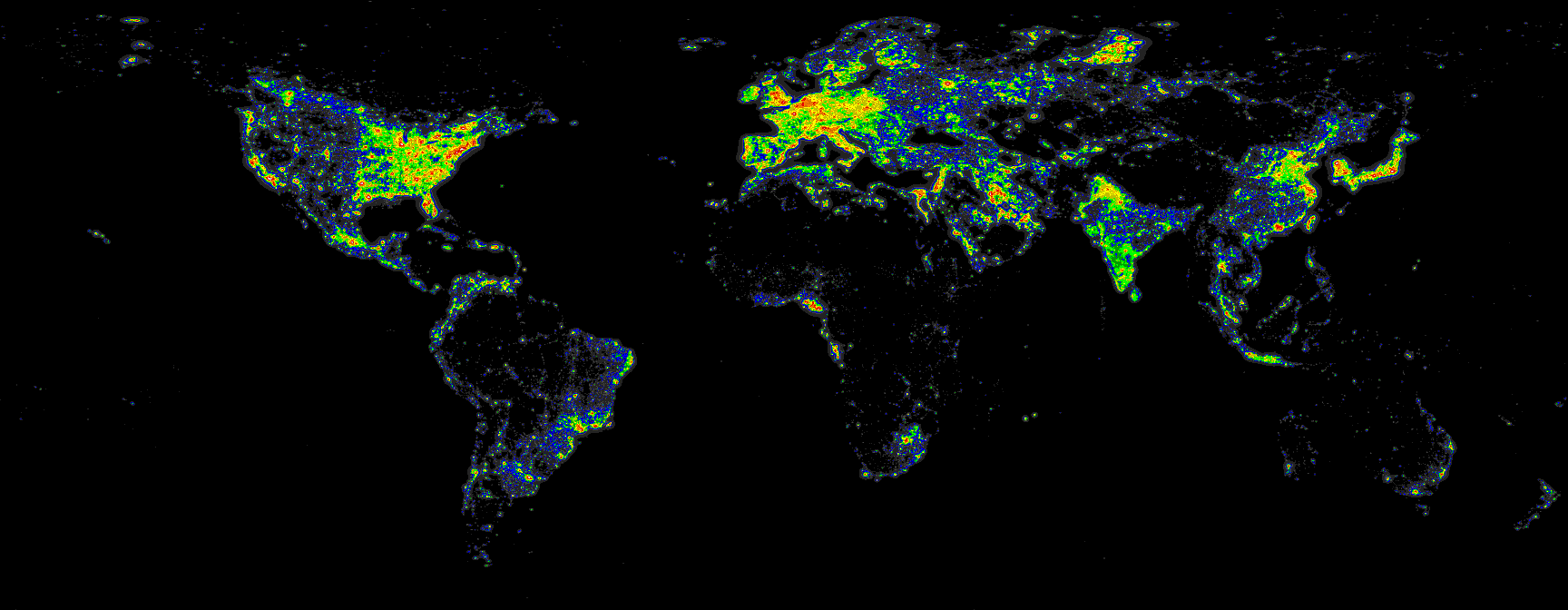The Great Pacific Garbage Patch refers to a collection of marine debris in the North Pacific Ocean. It spans from the west coast of North America to Japan. Additionally, the Western Garbage Patch (near Japan) and the Eastern Garbage Patch (between Hawaii and California) are linked by the North Pacific Subtropical Convergence Zone, which is located in the North Pacific Subtropical "
Gyre" (system of rotating currents). The circular direction of the gyre drives debris to the center and since the water moves slower towards the center, it traps the debris.
The Great Pacific Garbage Patch was discovered by Charles Moore in 1997 as his team was sailing from Hawaii to California. According to the National Geographic, 80% of debris comes from land-based activities in North America and Asia while the remaining percent comes from boats and large cargo ships(mainly in the form of old fishing nets). The plastic in the patches does not biodegrade (get eaten by bacteria and other living organisms). Instead, it photodegrades (breaks down from sun exposure) and breaks into tiny pieces (microplastics) that act like sponges and absorb toxic chemicals. These pieces of plastic are hard to discover because they cannot be identified by the naked eye, may look like other small marine creatures, and may not rise to the surface. As the plastic lingers, it can entangle other creatures, prohibiting them from breathing, moving or eating, which ultimately leads to death. Also, other creatures may mistaken the plastic products for their prey and if enough plastic is consumed, their intestines will be clogged and they will starve to death. The debris disrupts food webs because the microplastics block sunlight which hinder the rate at which primary producers such as plankton and algae can produce food for the other organisms in the ecosystem. As a result, the different populations of species will suffer due to the lack of food.
 |
| Marine Debris easily accumulates in the Great Pacific Garbage Patch |
There has not been one individual country that has made a strong effort to clean up this mess because it is very far from any country's coastline. However, individual organizations like "The Ocean Cleanup" are trying to raise money to clean up the mess. Besides the efforts of similar organizations, scientists and explorers have urged the public to refrain from using disposable plastics and to increase our use of biodegradable resources. This monstrous problem can be contained if it is a communal effort.




